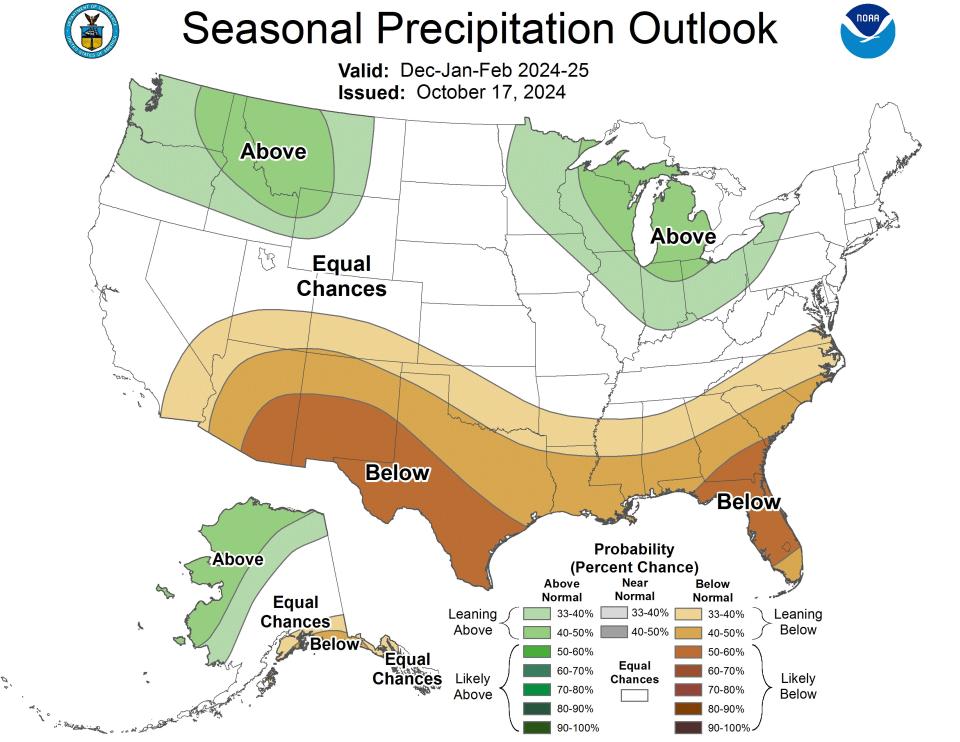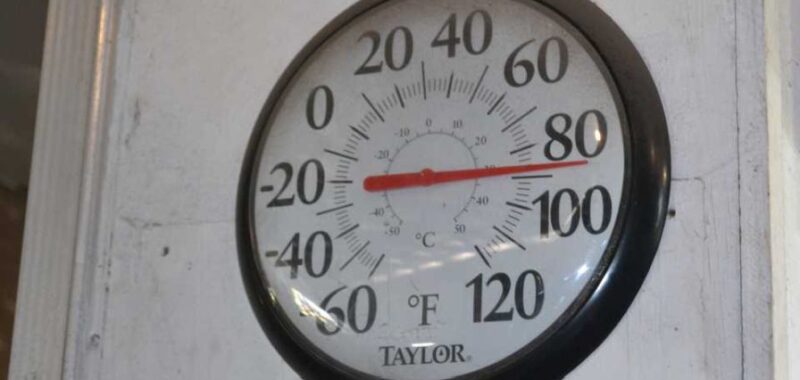About a year ago at this time, I was reporting the same message. The world’s warmest year on record was all but a lock (more than 99%). That prediction came true for 2023. Today, those same odds are in favor of 2024 now becoming the planet’s warmest year on record, according to the National Oceanic and Atmospheric Administration (NOAA).
October 2024 ranked as the second-warmest October in NOAA’s 175-year global climate record. In the latest climate report from NOAA’s National Centers for Environmental Information (NCEI), the global temperature outlook for the remainder of the year will continue the year’s hot streak.
Stats show the year-to-date global surface temperature was 2.3°F above the 20th-century average, making it the warmest such period on record. With that, NCEI’s Global Annual Temperature Outlook says there is (once again) a greater than 99% chance that 2024 will rank as the world’s warmest year on record.
By Land and Sea
Global temperatures on land have not only been setting records throughout 2024, but sea temperatures also have been above historical averages. Back in February, waters in the western Atlantic were indicating numbers normally seen in July. Those conditions helped set the table for Hurricane Beryl. The storm, which formed in late June, achieved Category 5 status earlier than any other system on record in the Atlantic. Beryl went on to wreak havoc in the Leeward Islands and Yucatan Peninsula before making its final landfall in Texas.
The 2024 Atlantic hurricane season has been quite active. To date, there have been 18 named storms — 11 of those turning into hurricanes; 5 of those being major. Florida has seen three landfalling hurricanes this season, including Debby as well as major storms Helene and Milton. The Atlantic hurricane season officially comes to a close on Nov. 30.
How’s 2025 Shaping up So Far?
Climatologists are pointing to La Niña (El Niño’s climatological counterpart) to be a major factor in how temperature and precipitation patterns persist in early 2025. La Niña conditions are expected to continue building into winter, according to AgroClimate. What does this mean? The following graphics from NOAA’s 2024-2025 Winter Outlook tell the story of extremes across the U.S:

Winter 2024-2025 temperature outlook map | NOAA

Winter 2024-2025 precipitation outlook map | NOAA
Will 2024 turn out to be the world’s hottest on record? Watch for an update in January after all the data has come in.

